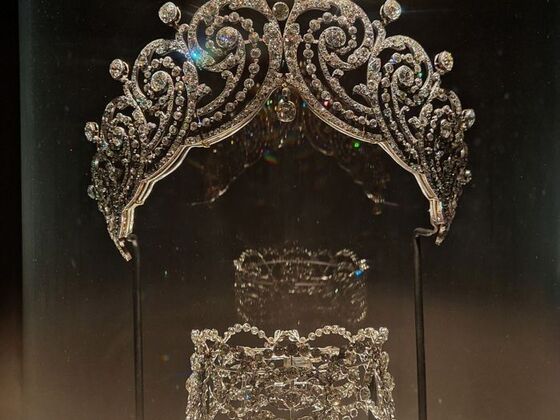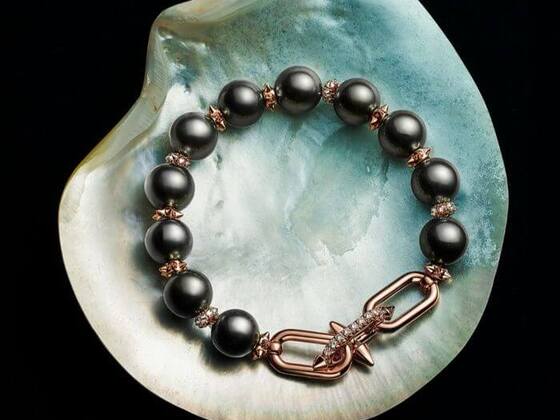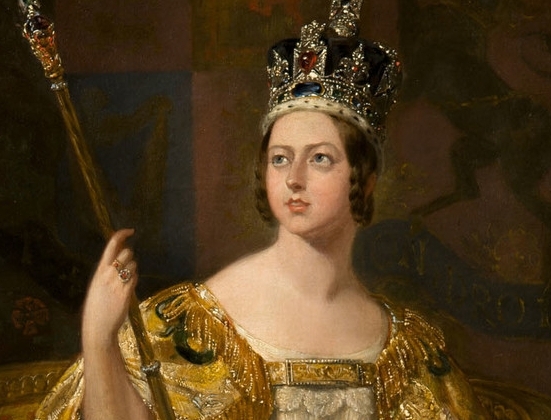The Cartier family stands as one of the greatest pioneers in luxury branding, their influence radiating far beyond the sparkling confines of jewellery showrooms. Every facet of the Cartier story — innovation, meticulous craftsmanship, family legacy, and bold strategy — comes together in a legendary tale that reshaped the luxury world.
Cartier’s Place in the Pantheon of Luxury
The name “Cartier” evokes images of exquisite jewellery, finely crafted timepieces, and red-carpet sophistication.
Not only is the brand associated with luxury, but it also represents sophisticated identity and cultural influence, thanks to the artistic talent of its family founders. The rise of Cartier is not a simple ascent, but rather a complex development guided by a family whose vision altered the direction of taste, fashion, and style.
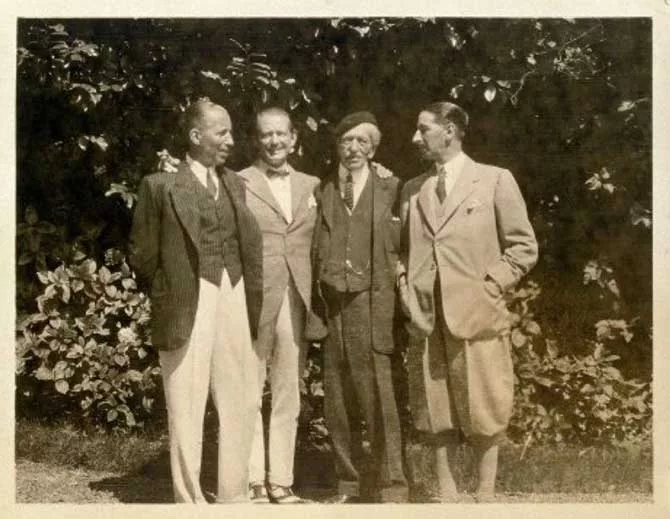
The Cartier family managed this conundrum by promoting both tradition and innovation, even though luxury brands frequently struggle to strike a balance between heritage and relevance. Along with business lessons, their journey offers a blueprint for creating an enduring brand legacy in a cutthroat industry.
The Origins of Cartier: Seeds of Greatness
Louis-François Cartier and Parisian Beginnings
The modest beginning of Louis-François Cartier’s life took place in Paris, a city already teeming with ambition and inventiveness. Cartier used his background as a master craftsman when he took over his master’s workshop in 1847. He meticulously built a reputation with a discriminating clientele by creating jewellery that combined technical mastery with French artistry.
Aristocratic wealth was exploding in Paris at the time. However, Louis-François attracted powerful people to his atelier by establishing relationships based on discretion and trust, rather than merely following fashion trends. Cartier’s brand began to gain traction quietly and steadily, driven by a desire for recognition and nurtured by the charm of tradition.
Early Challenges and Breakthroughs
They needed to be brave enough to ride the choppy waves of commerce. In Paris during the mid-19th century, political upheaval and shifting consumer preferences meant that no one could guarantee survival. However, Louis-François made significant investments in custom design and personal relationships rather than giving in to pressure. Commissions for members of the French imperial court marked his breakthrough, solidifying Cartier’s standing among Parisian elites and establishing the standard for future generations.
Strategic Brand Development: Cultivating Identity
Innovation as Cornerstone
The Cartier family transitioned from artisan to visionary, realising that branding required innovation and was not solely dependent on reputation. By introducing new design languages and materials, Alfred Cartier, Louis-François’s son, expanded the concept of excellence. The workshop quickly gained recognition for its innovative use of platinum, which enabled the creation of delicate yet sturdy jewellery that enthralled the nobility of Europe.
The brand’s evolution from a regional atelier to a global phenomenon was masterminded by Alfred’s sons, Louis, Pierre, and Jacques. They guided Cartier in the development of the Santos wristwatch by having a deep awareness of international preferences. In an era when pocket watches were the norm, this daring move seamlessly fused style and utility. In addition to demonstrating Cartier’s inventiveness, this invention unintentionally created a whole new market for high-end accessories.
Shaping Brand Identity
Cartier carefully crafted its identity around exclusivity, in contrast to many of its peers. Unique customer experiences, individualised care, and one-of-a-kind pieces were all part of the Cartier ethos. The brand’s reputation as the purveyor of elite fantasy was further cemented by high-profile commissions, including the renowned “Mystery Clocks” and the gilded accessories for India’s Maharajas.
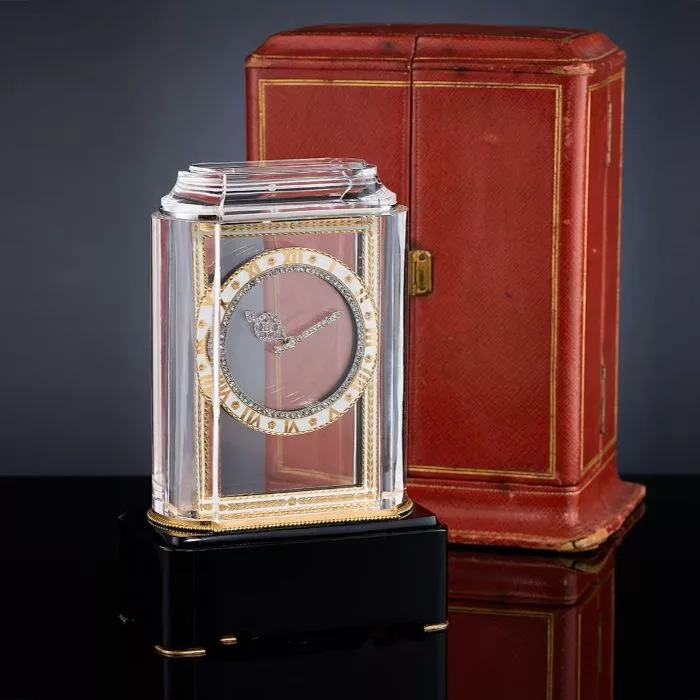
Cartier consistently rejected mass production in favour of uniqueness, artistic creativity, and flawless quality. This idea influenced their renowned product launches; each collection told a unique tale and was praised by critics and sought after by collectors on different continents.
Expansion and International Growth: Reimagining Prestige Globally
Entering New Markets
Louis Cartier opened the first overseas boutique in London in 1902. As momentum grew, New York followed shortly after in 1909. These calculated expansions characterised Cartier’s transformation from a Parisian secret to a worldwide icon. The brand’s explosive growth was fuelled by the desire for innovation and sophistication in London’s thriving society and New York’s emerging financial elite.
Cartier strengthened its connections with leaders and royalty with each foreign expansion. King Edward VII of England, who famously referred to Cartier as “the jeweller of kings and the king of jewellers,” became a jeweller for the brand. Cartier’s standing as the supreme authority on luxury was strengthened by these accolades.
Globalisation Through Partnerships
Cartier established social clubs and gained access to diplomatic circles by strategically collaborating with local influencers and international artisans. Their partnerships with American tycoons, Russian aristocrats, and Indian rulers brought them previously unheard-of prominence. Collections like the Tutti Frutti, which are a riot of colour and style influenced by cross-cultural aesthetics, were the result of these collaborations.
Every expansion had the straightforward but profound promise that Cartier would always evoke French refinement and creative supremacy wherever it set foot.
The Role of Cartier Family Leadership: Stewardship Across Generations
Visionaries at the Helm
Family leadership had a greater influence on Cartier’s fate than any other factor. Louis, Pierre, and Jacques, the three sons of Alfred Cartier, each have unique talents and perspectives. Jacques captivated London’s elite, Pierre brought the brand’s appeal to New York, and Louis led Paris. They were an unbreakable triad that could quickly adapt and take calculated risks.
For its time, their method of succession planning was groundbreaking. The brothers developed a cohesive strategy that advanced the brand rather than splintering it through internal rivalry. Together, they built a company and a dynasty, a rare feat in the luxury sector.
Heritage Meets Bold Change
The brothers’ passion for the new was balanced with their respect for the past. They preserved family customs while introducing radical ideas. Their adaptability and inventiveness made sure that Cartier never went out of style during difficult economic times or when social mores changed; instead, it reinvented itself for future generations.
Their leadership demonstrates that it takes time to build a successful luxury brand. Communication, flexibility, and a dedication to both tradition and innovation are essential.
Signature Product Innovations: Icons That Changed Luxury
The Tank and Santos Watches
Cartier’s product innovations have consistently raised the bar for luxury. In 1904, the Santos wristwatch was created for aviator Alberto Santos-Dumont, redefining timekeeping as both fashionable and practical. In the meantime, the Tank watch, which was inspired by Renault tanks from World War I, embodied the Art Deco style by introducing geometric designs that are rarely found in jewellery.
Both watches quickly rose to fame, with the Tank eventually being worn by fashion icons like Andy Warhol and Jackie Kennedy. Cartier’s reputation for transforming inspiration into a lasting legacy is solidified by its enduring popularity.
The Love Bracelet, Panthère, and More
Cartier introduced the Love bracelet in 1969; it was a technical and romantic symbol of love. Celebrities and couples around the world adore it for its simple design and locking mechanism. Similar to this, the Panthère collection incorporated striking animal motifs to give jewellery movement and vitality.
At every product launch, Cartier created unique pieces that merged jewellery and sculpture by combining patented techniques with luxurious materials, such as gold, sapphires, or emeralds.
Marketing and Brand Positioning: Building Desire
Cultivating Celebrity and Royal Patronage
Nothing elevates a luxury brand like an A-list endorsement. Cartier orchestrated high-profile advertising campaigns and nurtured relationships with royalty, Hollywood stars, and world leaders. Grace Kelly, Elizabeth Taylor, and the Duchess of Windsor each wore Cartier, transforming exclusive creations into trend-setting statements.
Royal patronage reinforced the mystique, while media coverage turned private commissions into public cultural moments. Cartier became the choice not simply of the rich, but of the influential; a critical distinction that drove demand well beyond Europe and North America.
Protecting Brand Equity
By fiercely controlling distribution and product design, Cartier maintained unwavering exclusivity. The family eschewed mass production, ensuring every item carried the aura of rarity. Their reputation management relied on consistency: every experience, whether in Paris or Hong Kong, adhered to the brand’s core values of artistry, discretion, and refinement.
This high-touch marketing strategy transformed customers into lifelong ambassadors, with each purchase echoing the thrill of joining an exclusive club.
Overcoming Challenges: Resilience and Renewal
Navigating Economic and Social Shifts
Even icons face adversity. The Cartier family weathered world wars, economic crises, and shifting consumer tastes with remarkable dexterity. During downturns, they leveraged their penchant for innovation, introducing new designs that matched the mood of the era, or, when opulence threatened to fade from fashion, they embraced simplicity.
At times, legal and ownership hurdles loomed large. The eventual sale of the family’s remaining stake in the company in 1964 could have fractured the brand’s identity. Yet, the meticulous care with which the Cartier family institutionalised its principles ensured the brand’s survival even under new ownership.
Adapting to Modern Demand
Cartier reinvented itself once more as the luxury market changed, adding accessories, leather goods, and fragrances to its lineup. While maintaining fundamental customs, the recent shift to digital media and e-commerce has created new opportunities for growth and expansion. Cartier’s marketing strategy today includes carefully planned social media experiences and interactive digital campaigns, demonstrating that the brand’s heritage remains as strong as ever.
The Legacy of the Cartier Family: A Blueprint for Luxury Brands
Enduring Influence
Cartier’s influence extends far beyond jewellery exhibits and auction catalogues, as it shapes the very concept of luxury. In addition to changing their own fortunes, the brand’s fusion of innovation, heritage, and family-driven stewardship influenced the standards of an entire industry. Due to Cartier’s example, luxury now encompasses more than just spending money; it also connotes connection, experience, and narrative.
Lessons in Brand Building
The Cartier story has practical lessons for today’s entrepreneurs:
- Protect core identity, even as tastes change.
- Prioritise innovation, rather than simply reacting to competition.
- Foster client relationships through discretion, trust, and intimacy.
- Strike a balance between history and adaptation; honour the past without allowing it to overshadow aspirations for the future.
Every aspiring brand builder should study Cartier’s playbook, for it is a living testament to the enduring power of vision and strategy.
To deepen understanding and appreciation of how the Cartier family crafted one of the world’s most celebrated luxury brands, consider reading The Cartiers, by Francesca Cartier Brickell.
Ready to Start Your Gemstone Journey?
Don’t wait to discover the world of gemstones! Explore these essential reads right away.
Fascinated by this article and want to deepen your gemstone expertise? Dive into our comprehensive Gemstone Encyclopedia. Here, you’ll discover detailed information about hundreds of precious and semi-precious stones, including their properties and values.
For those interested in the rich cultural significance and fascinating stories behind these treasures, our History section offers captivating insights into how gemstones have shaped civilisations. Or perhaps you’d like to learn more about birthstones?
And if you’re considering gemstones as more than just beautiful adornments, visit our Precious Metal Investing guide. Here you will learn how these natural wonders can become valuable additions to your investment portfolio.
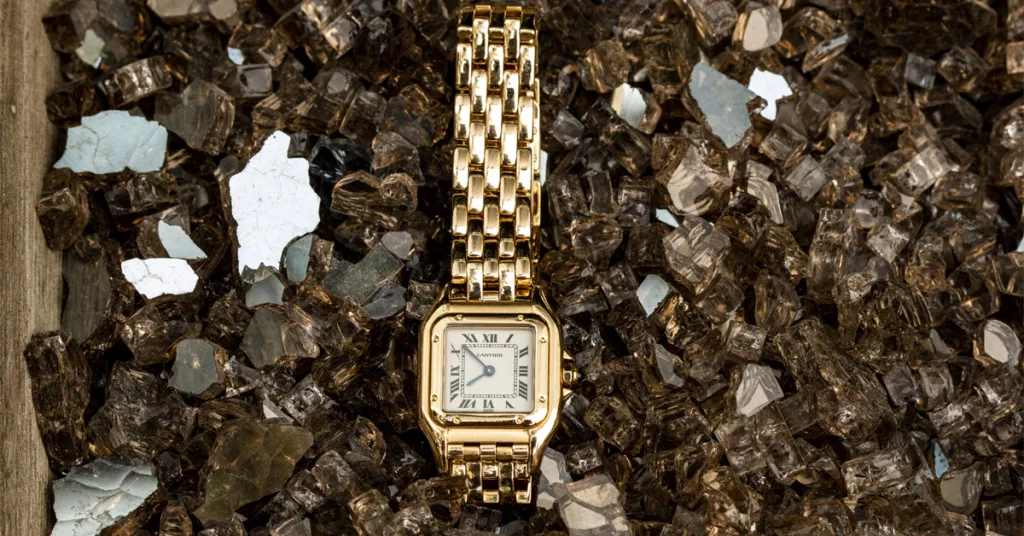



![Pigment analysis of Raphael's masterpiece[7][8] reveals the usual pigments of the renaissance period such as malachite mixed with orpiment in the green drapery on top of the painting, natural ultramarine mixed with lead white in the blue robe of Madonna and a mixture of lead-tin-yellow, vermilion and lead white in the yellow sleeve of St Barbara.](https://gemstonesinsider.com/wp-content/uploads/2025/09/Raphael-Madonna_Sistine_sm-560x420.jpg)

